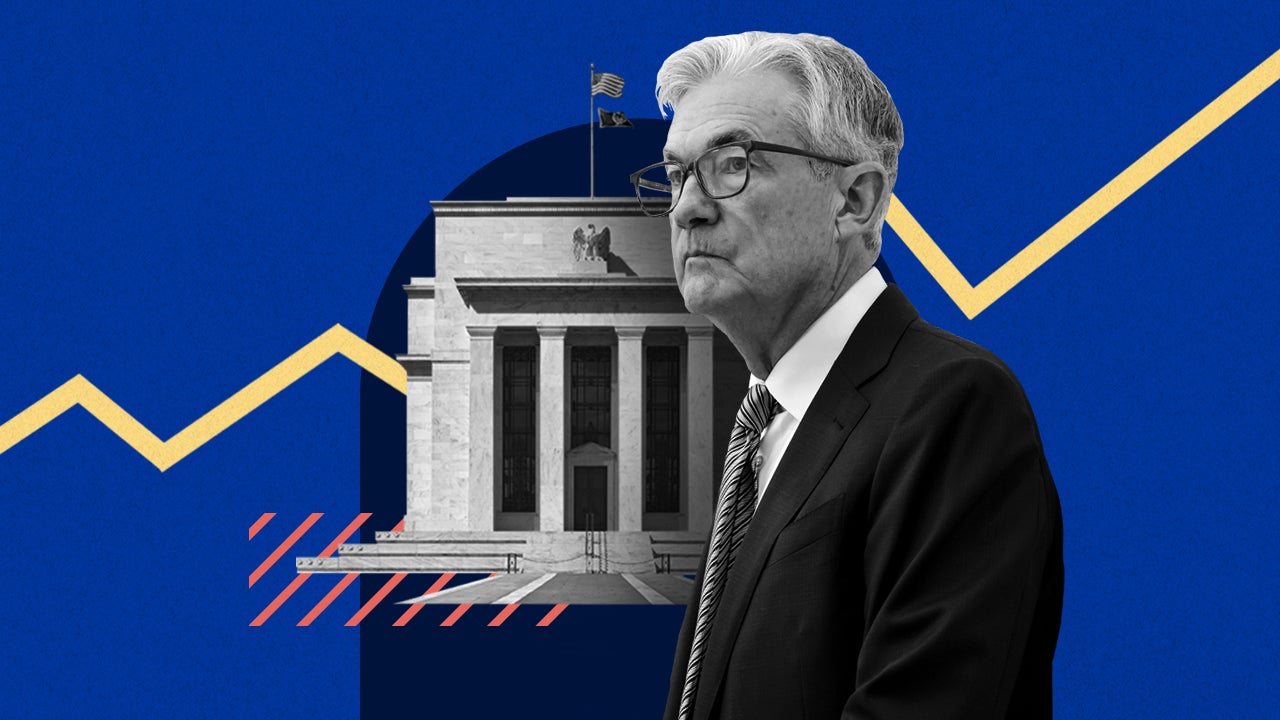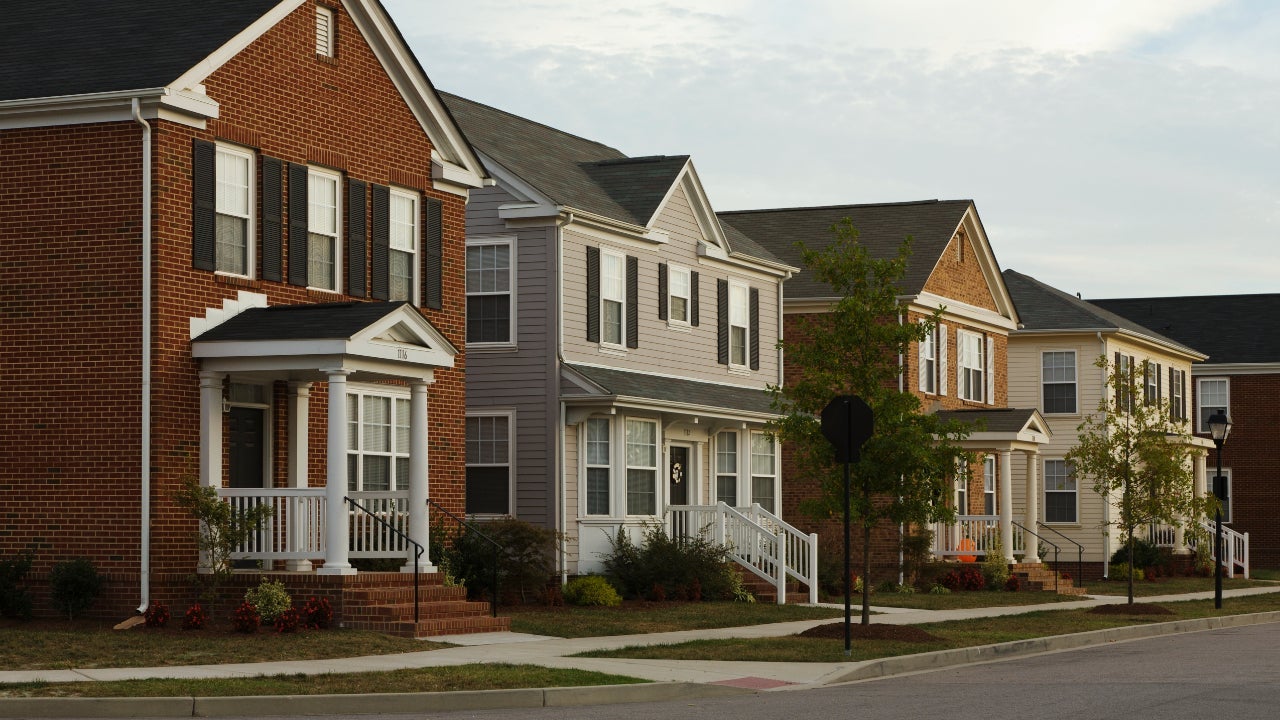
Home Equity
Find out what home equity is and how to use it, plus news, advice and tools on home equity loans and HELOCs.
Home equity basics

It’s the portion of your home you own outright. Its uses are almost endless.

How to estimate your ownership stake, and how much of it you can borrow.
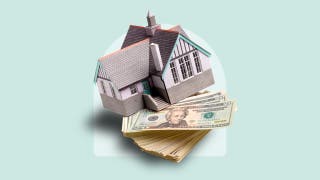
Everything you need to know about HELOC and home equity loan requirements in 2024.
Editor's picks

Related topics:
Home equity tools & resources
Bankrate's suite of tools and articles are designed to help you effortlessly learn about your home equity, connect with reputable lenders, compare offers for HELOCs and home equity loans, and more.
Finding a lender
Here’s where you can get a home equity loan today
HELOC vs. home equity loan
How does each work, and which would be best for you?
Mortgage rates
Compare current mortgage rates for today
News highlights
The latest
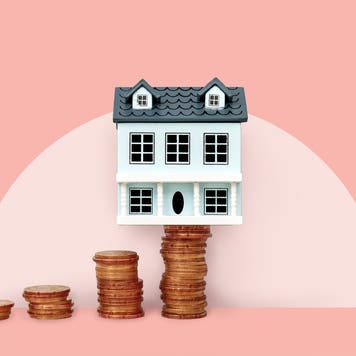
This is the week that was for home equity rates.
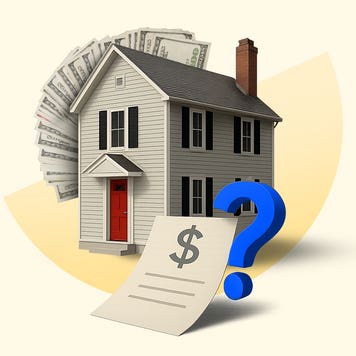
The spending doesn’t end when you buy a home. Here’s what to expect to pay for upkeep.

Your home equity line of credit’s life ends — but the debt doesn’t just disappear.

It’s a hybrid product that can combine the best of both borrowing worlds.
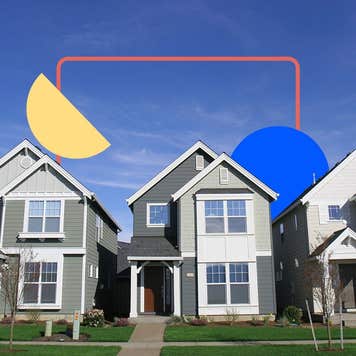
A roundup of the week’s top stories in home equity, mortgages and real estate.
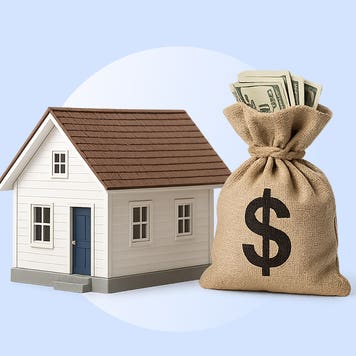
Why not keep a home equity line of credit in reserve for a rainy day?

This is the week that was for home equity rates.
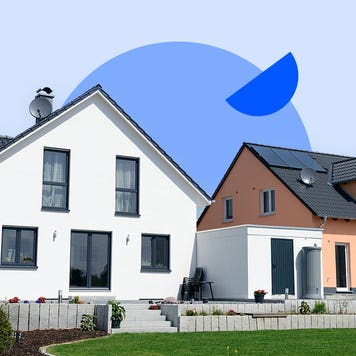
Yes, you can. But the more relevant question is: Should you hock one house to buy another?
The trusted provider of accurate rates and financial information

